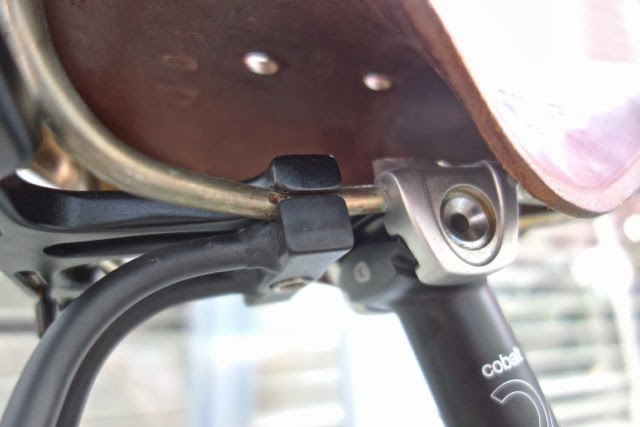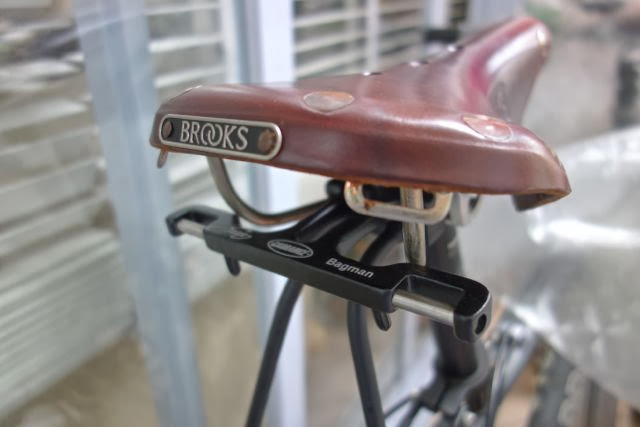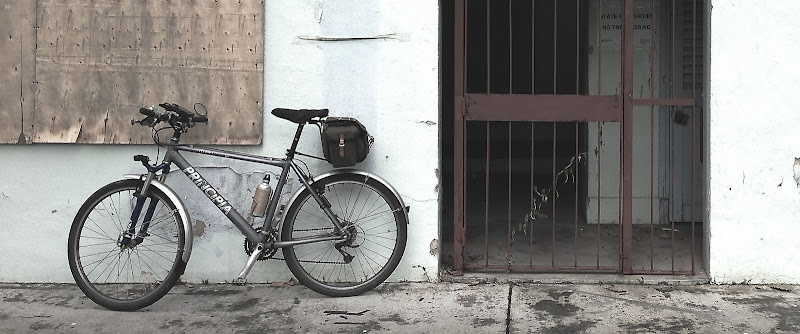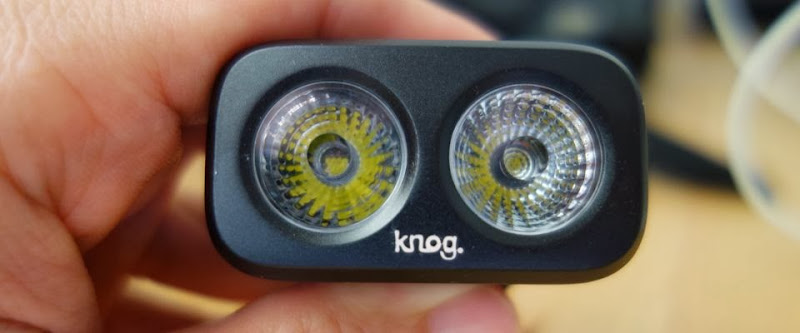
These are the most powerful headlights that I own. My first impression when I opened up the package was: wow, these are tinier than I expected... Really tiny. Smaller in two dimensions than the venerable Cateye dual AA battery powered Cateye HL-EL135 that has been my mainstay for years. It comes with two elastic bands that snap onto the light to fit different diameter handle bars. A helmet mount is included. Fit and finish get top marks in my book.
It's a great looking light but ergonomics are somewhat compromised because of the size of the light -- control buttons are small and probably next to impossible to depress when wearing gloves. A long press on the left button turns on the light. Another long press turns it off. Quick stabs at the button take you from one mode to the next in the following sequence: narrow, wide, narrow plus wide and flash. The right button selects high beam or low beam. I tend to keep mine on low power since the battery is rated for only 2hrs on steady modes and 6hrs when flashing. This is halved in high power modes.
The Good
- Tiny. The best light is the one you have with you.
- USB rechargeable. Plug it in when you arrive at the office so you have enough juice for the ride home in the evening. Don't forget the included USB extension cord.
- Easy to mount. Mounts quickly and easily on handlebars. Also easy to remove. Make sure you take it with you when you leave the bike.
- Waterproof. It has been deployed during several tropical torrential downpours and survived. Tropical monsoon rains dump serious amounts of water.
- Lovely tint. Not all white LEDs have a nice tint. Some tend to be purplish and some overly greenish. This one is just a tad warm. Renders colours beautifully!
The Bad
- Self detaching clasp. The exquisitely machined lump of heavy metal in the clasp looks and feels classy, but causes the clasp to release itself spontaneously when you go over a big bump. Now the Road Blinder Rear Light has the same clasp. However, the clasp for the Blinder Rear opens in a direction perpendicular to that of bouncing up and down from road imperfections, and therefore doesn't have the same tendency to pop open. This is a case for going to a cheap plastic clasp. Might not look as good, but at least, it will stay closed over bumps. I loop a rubber band around the clasp to avoid losing the light over bumpy trails.
The Ugly
- Expensive. From a doller per lumen per hour perspective, this light isn't the cheapest.
- Difficult to swap bands. The light comes with the smaller band attached. Swap to the larger band for 31.8 handlebars. This requires quite a bit of strength applied very carefully. The bands snap in easily, but are tricky to remove. So be patient.
- Non-removeable battery. LEDs have a lifetime of 10,000 hrs or more. Running at full power would mean 9999 recharging cycles. A very good lithium polymer might get to 1000 while dropping to 50% capacity... Now if only we could replace the batteries...
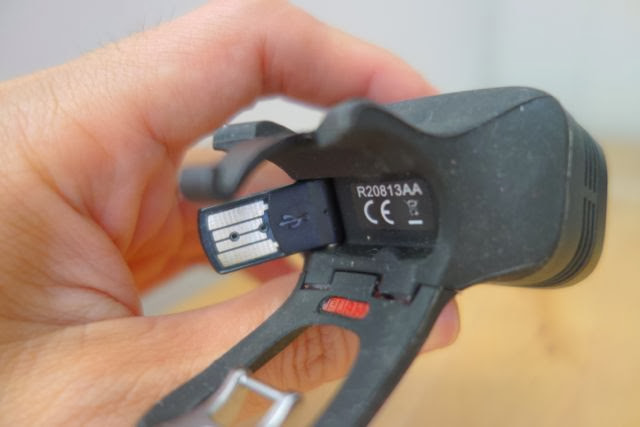 Here's the Knog with the USB charge plug flipped out and ready to charge.
Here's the Knog with the USB charge plug flipped out and ready to charge.
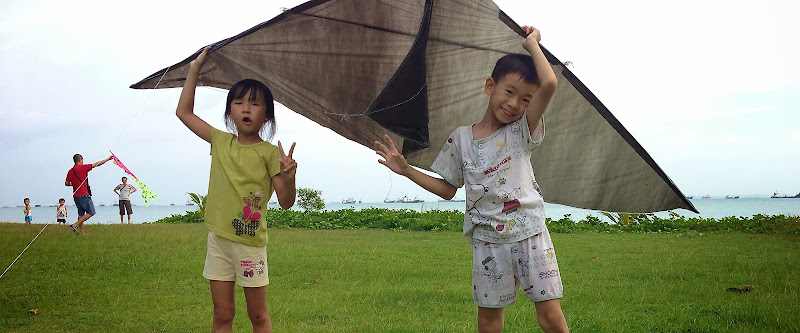




 Credit where credit is due! Thanks to Tim Parish for sharing his designs on
Credit where credit is due! Thanks to Tim Parish for sharing his designs on 

